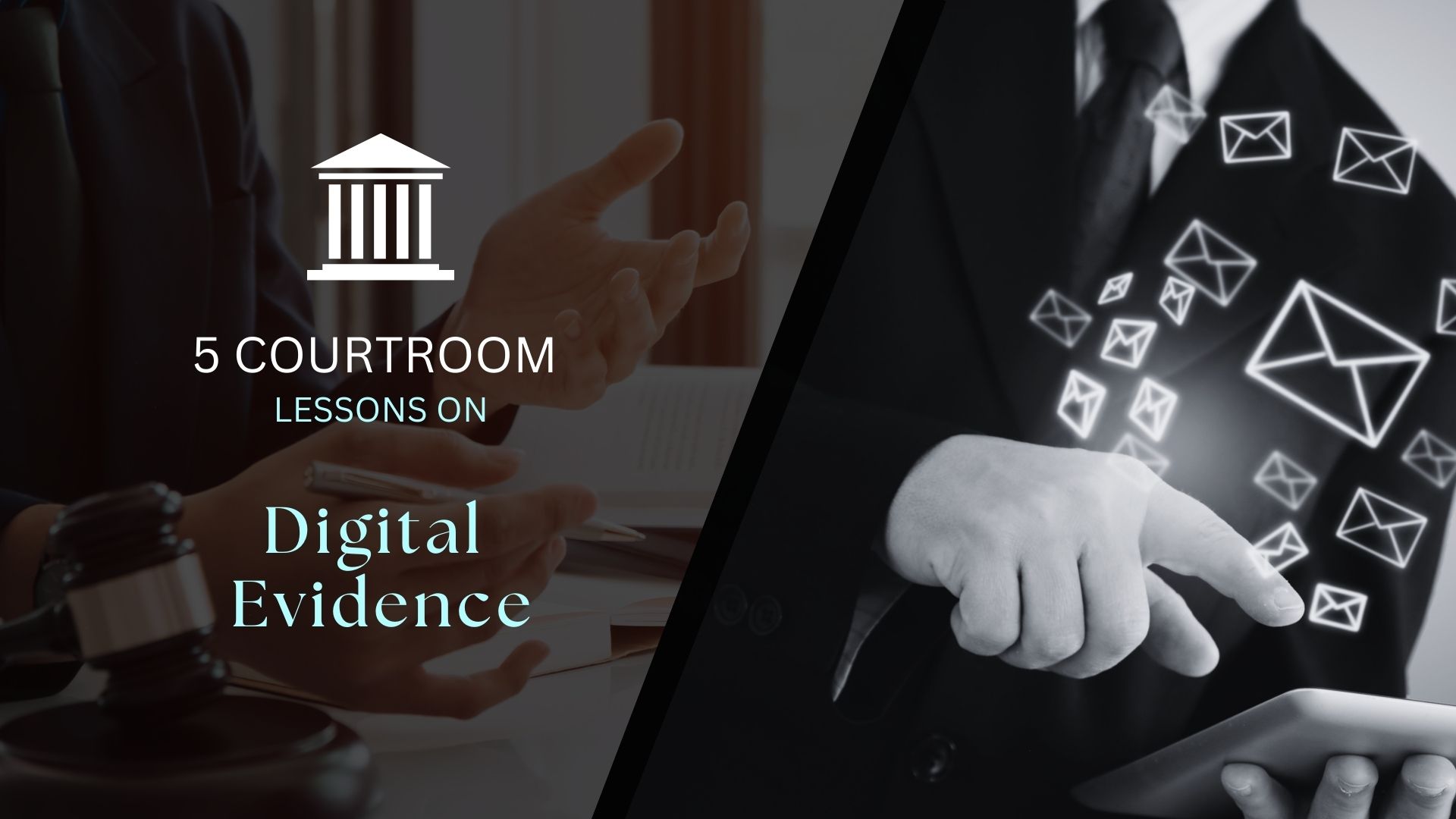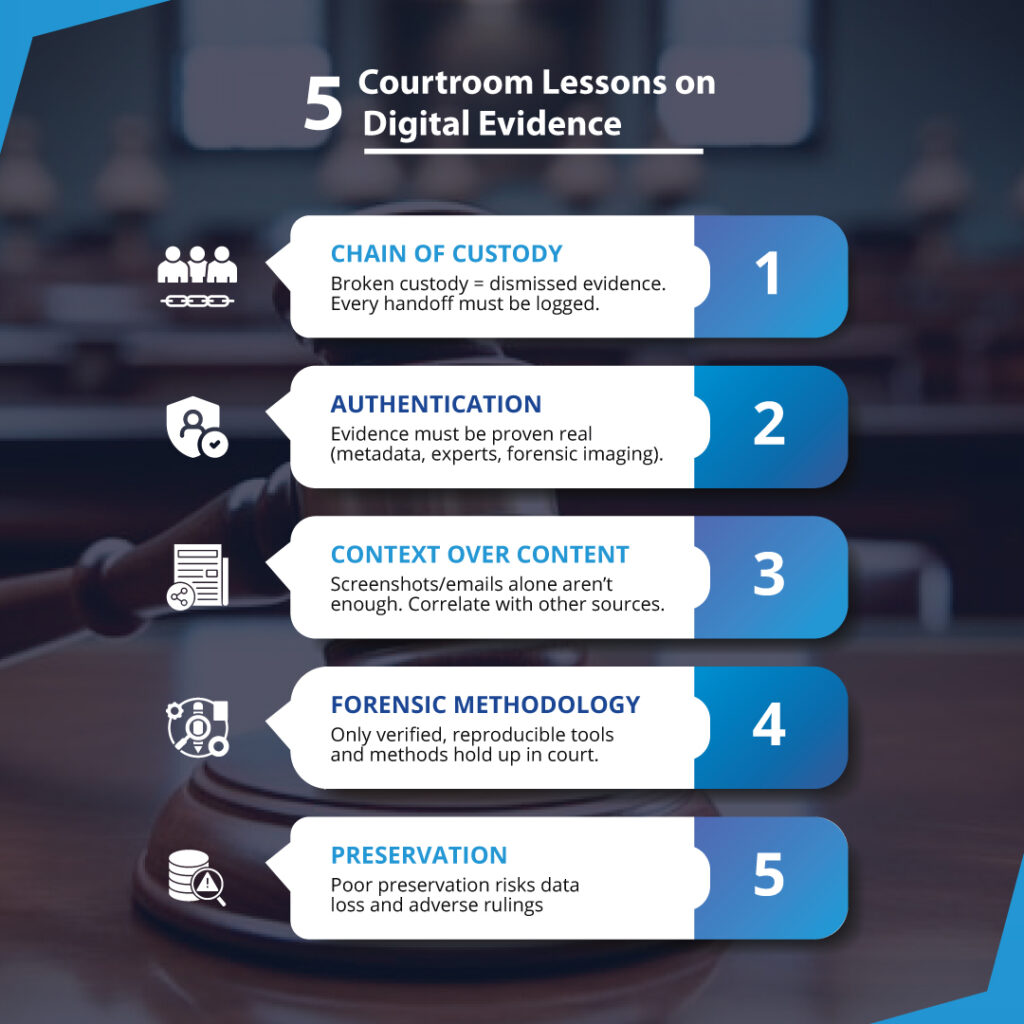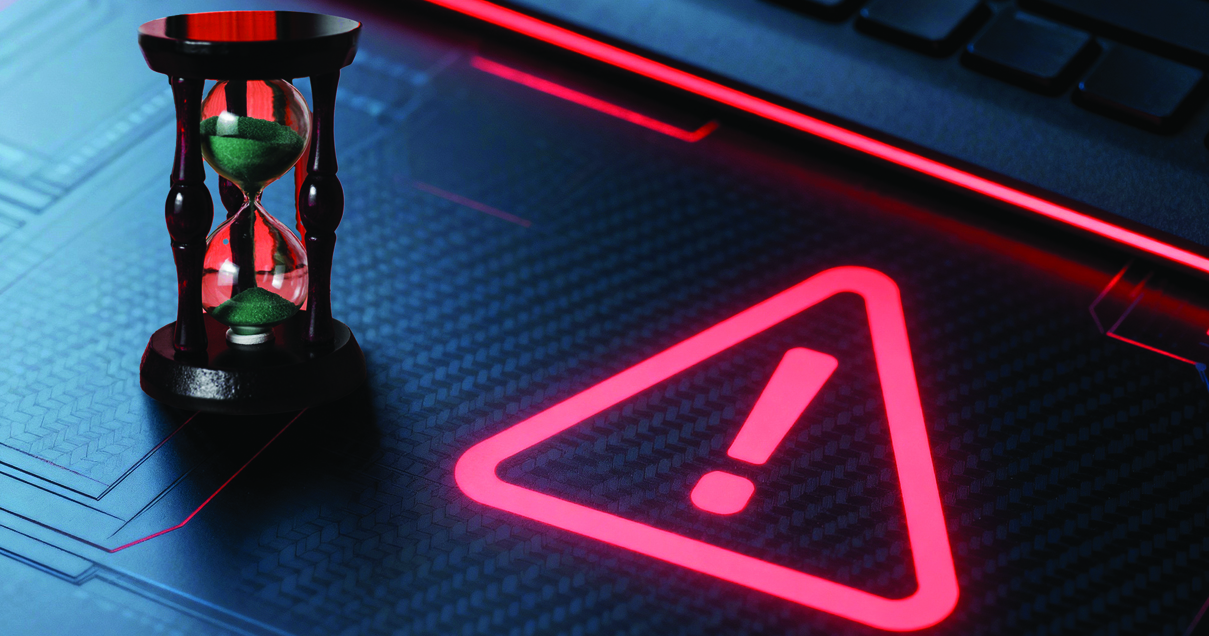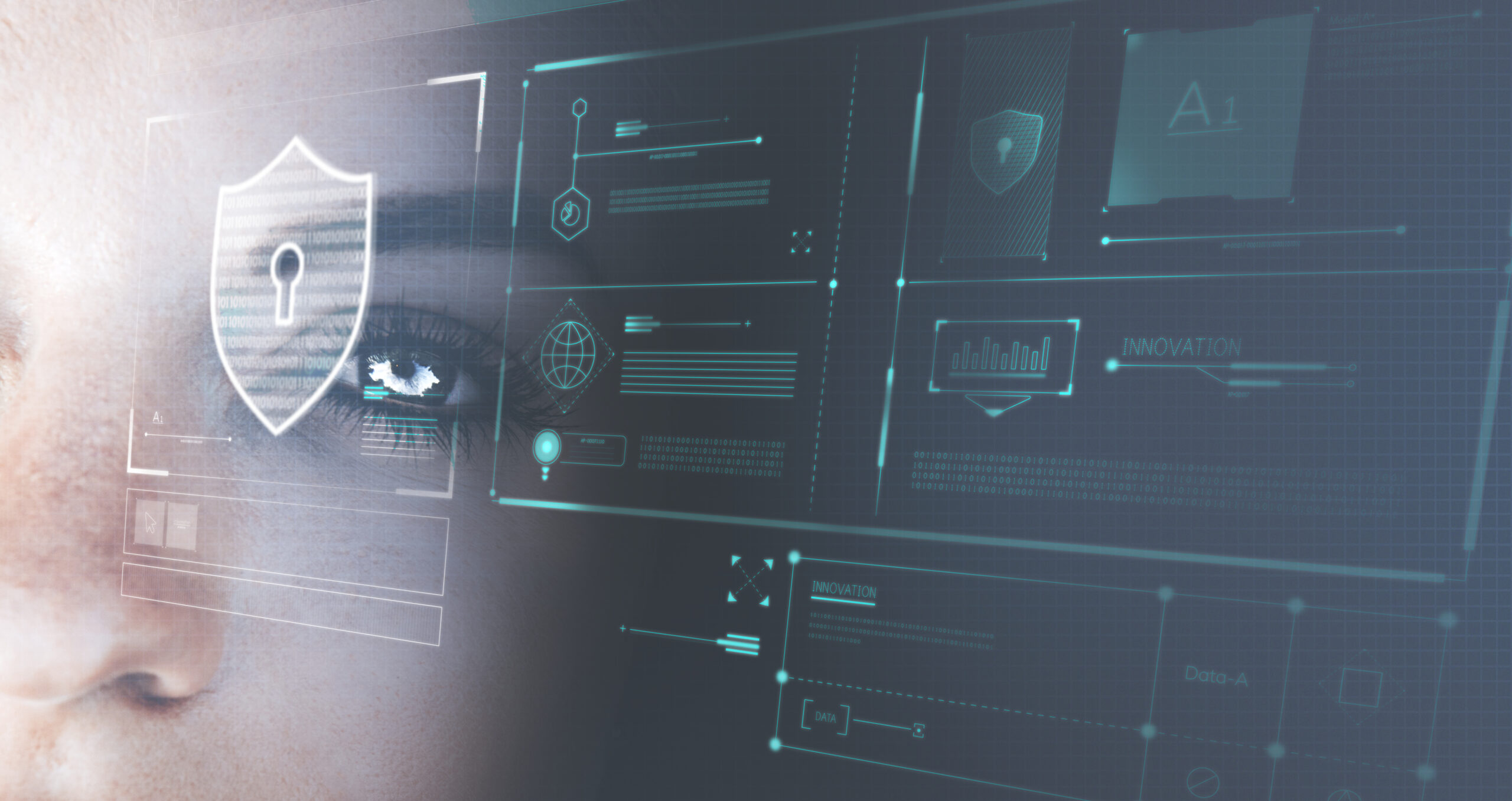
Courtrooms no longer view emails, chat logs, or digital trails as novel. They view them as standard and often decisive. The deciding factor is not if digital evidence exists, but if it has been handled with forensic precision. Judges, opposing counsel, and even regulators have sharpened their scrutiny. Missteps in authentication, custody, or methodology are no longer forgiven as “technical.” They are used as grounds for exclusion or sanctions.
For firms, LPOs, and technology vendors supporting litigation and investigations, digital evidence has moved from a supporting role to a central battleground. The field of digital forensics now intersects daily with discovery obligations, cross-border transfers, and evidentiary admissibility.
The following five lessons distilled from courtroom outcomes are essential not for technologists alone, but for litigators, general counsel, and legal operations leaders navigating complex disputes.

Broken custody = dismissed evidence. Every handoff must be logged.
Courts treat custody as a binary: intact or compromised. Even when the underlying data is authentic, a single undocumented handoff can result in exclusion. Logs must capture every transfer, every device, and every review stage.
In cybercrime cases, for example, sources of digital evidence such as mobile devices and cloud logs are easily contested if the provenance is incomplete. Opposing counsel often exploit these fractures to argue manipulation. Courts agree. Broken custody equals dismissed evidence.
Smart legal teams use automated logging systems that track every interaction. They implement forensic imaging tools that create exact copies while maintaining integrity checks. Most importantly, they train everyone, from IT staff to paralegals, on proper procedures.
The characteristics of digital evidence make this even more critical. Unlike physical evidence, digital files exist in multiple copies across different systems. Each copy must be tracked and verified to maintain legal admissibility.
Evidence must be proven real through metadata, experts, and forensic imaging.
Authentication is the process of separating true original evidence from digital fiction. Courts increasingly requiring indisputable proof of authenticity and the lack of changes to your digital evidence.
Authentication starts with metadata the hidden information behind every digital file. Creation dates, modification history, user activity, device information, and network logs all build your authentication foundation.
But metadata alone isn’t enough. Digital evidence in cyber law requires multiple layers of authentication:
Remember: authentication isn’t something you think about after collecting evidence. It must be built into your process from day one.
Screenshots and emails alone aren’t enough. Correlate with other sources.
Content is rarely decisive in isolation. Context, meaning timestamps, system logs, IP addresses, and communications patterns, provides evidentiary weight.
In cybersecurity litigation, for instance, the types of digital evidence in cybersecurity (server logs, intrusion alerts, endpoint data) are rarely persuasive individually. It is the correlation across layers that demonstrates intent, sequence, and reliability. Courts explicitly warn against “fragmentary” digital proof.
Only verified, reproducible tools and methods hold up in court.
Courts are getting smarter about digital forensics methodology. Judges ask tough questions about the tools used, processes followed, and qualifications of people handling evidence. Casual approaches get rejected in favor of forensically sound methods.
This reflects how digital evidence law has matured. Early cases often accepted evidence collected by IT staff using basic tools. Today’s courts require evidence collected using specialized forensic software that has been tested, validated, and accepted by the digital forensics community.
Methodology requirements include:
Digital evidence recovered during cybersecurity investigations of cyber incidents is very reliant on methodical practice. Cyber incidents use modified or enhanced procedures that require knowledge and experience to comprehend and present as evidence.
The bottom line: improvised methods will not hold up in a court of law. Successful teams invest in the appropriate tools, training, and processes upfront.
Poor preservation risks data loss and adverse rulings.
Digital evidence may disappear instantaneously through automation, user interaction, or updates to the system. Unlike physical evidence that that degrades slowly, digital files have the possibility of disappearing instantly and permanently, without any indication. In order to preserve evidence, you need to have an awareness of the “life cycle” of digital evidence:
Volatile evidence: Information in computer memory that disappears when power is lost. Running processes, network connections, and temporary files must be captured immediately.
Semi-permanent evidence: Data on hard drives and servers that persists but may be overwritten through normal operations.
Archived evidence: Information in backup systems and long-term storage that requires special procedures to access.
The most successful teams implement comprehensive litigation hold procedures. They suspend automated deletion, preserve system configurations, and capture volatile evidence before it vanishes.
Also read: From Breach to the Courtroom: Interpreting Digital Evidence in Cyber Litigation
1. Judicial Expectations Are Rising: Courts in the US, UK, Canada, Australia, and beyond require forensic level handling. Evidence that does not have forensic rigor is increasingly failing admissibility.
2. Litigation Risk Is Tactical: Opposing counsel weaponize lapses in custody or methodology. Exclusion of digital records can significantly shift case leverage, thereby increasing settlement exposure. Weaknesses in handling are no longer technical footnotes; they are litigation strategies.
3. Client and Regulatory Pressure: Corporate clients face regulators, shareholders, and boards. They expect outside counsel and service providers to maintain defensible evidence integrity while also controlling costs. Failure erodes client confidence and exposes firms to professional liability.
4. Cross-Border Complexity: Data admissibility does not travel well. Digital evidence in cyber law diverges by jurisdiction. A collection considered lawful in one region may be unlawful or inadmissible in another. Privacy regulations (e.g., GDPR, CCPA) complicate the preservation and transfer of data. Forensic discipline is the only safeguard against cross-border invalidation.
The modern courtroom approaches digital evidence not as a novelty, but as the primary evidence. Error or margin for error is minimized. Whether a commercial dispute is based on emails, a cyber-intrusion is traced through logs, or cross border fraud is supported through forensic imaging, it often comes down to if the data was preserved, authenticated, and contextualized with rigor. For senior counsel, litigation managers and LPO executives, we have one clear message: digital material is now the arena. Failure to meet the standards of the discipline of digital forensics risks not only a loss of case but the undermining of institutional credibility before the Courts and Clients.

We use cookies and similar technologies for analytics and personalization. You can accept, reject, or customize your cookie settings at any time.


